Invasive Species Spotlight: Dame's rocket
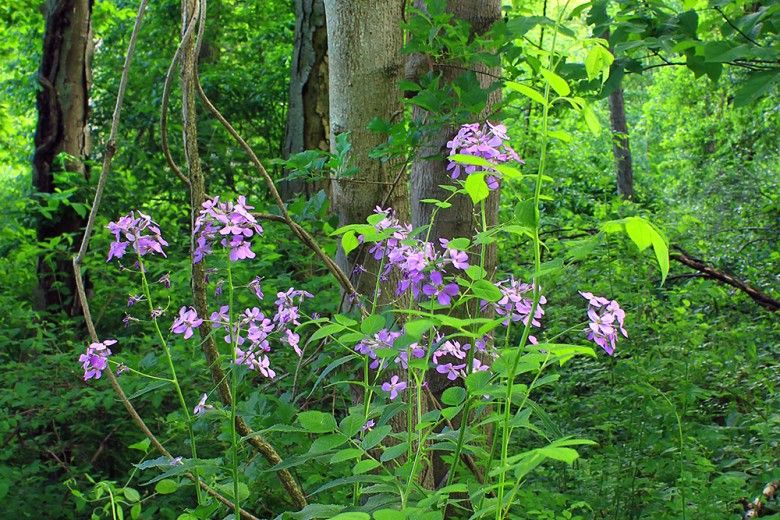
Introduced in New England in the 1600s during European settlement, dame’s rocket established quickly and has spread throughout the entirety of the United States, except for several states along the southern border. Its long-standing establishment has led to the misconception that it is a native wildflower, reflected in the fact that it is often a component in commercially available wildflower mixes used today. With no natural predators or diseases in North America, this invasive can out-compete natives, leading to a decrease in diversity.
Description
Dame’s rocket is a flowering biennial or perennial that grows up to 3 feet high. Its showy, bisymmetric flowers bloom in May and June and range from purple and pink to white and have four petals. As the plant goes to seed, the flowers develop into thin seed pods that split open to disperse the many tiny seeds contained inside. Dame’s rocket has alternate, symmetrical leaves that come to a point at the tip and have toothed margins. These leaves are slightly hairy and attach to the stem with a short petiole.
Dame’s rocket is a habitat generalist and will grow in moist woodlands, woodland edges, roadsides, thickets, disturbed sites, and open ground. It prefers moist and mesic non-acidic soils and partial sun.
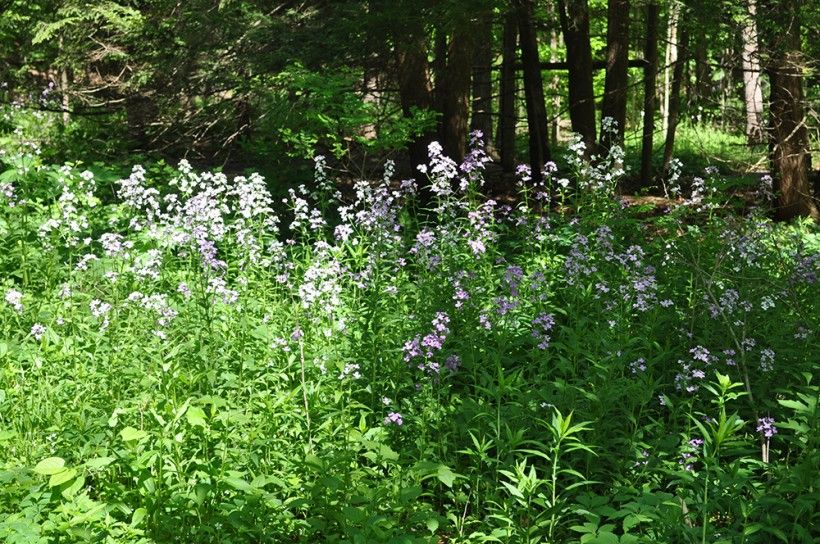
Control
Dame’s rocket supplants the ecological niche that would otherwise be occupied by native wildflowers like phloxes, which look very similar. Phloxes and dame’s rocket can easily be distinguished by the 5 petals found on phloxes, as opposed to the 4 petals found on dame’s rocket. It is important to inspect any purchased wildflower seed mixes to ensure that dame’s rocket is not a component.
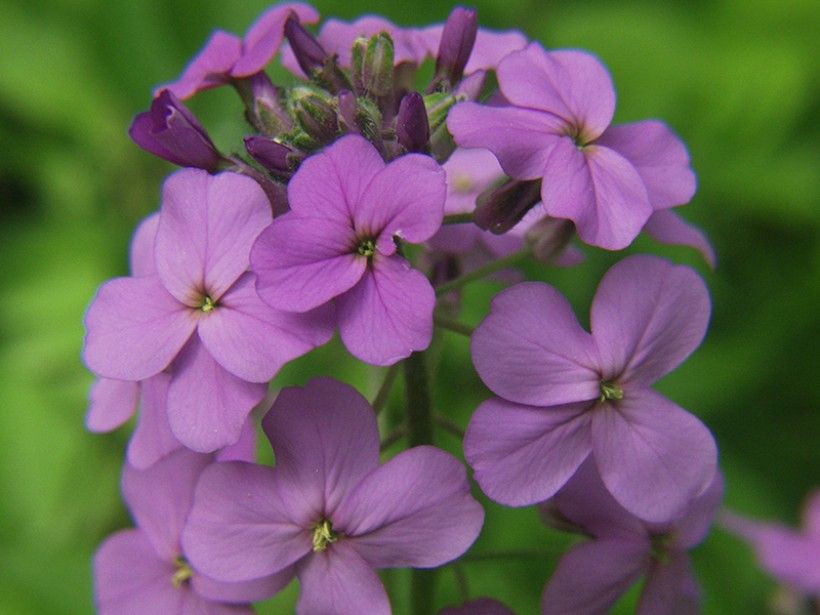
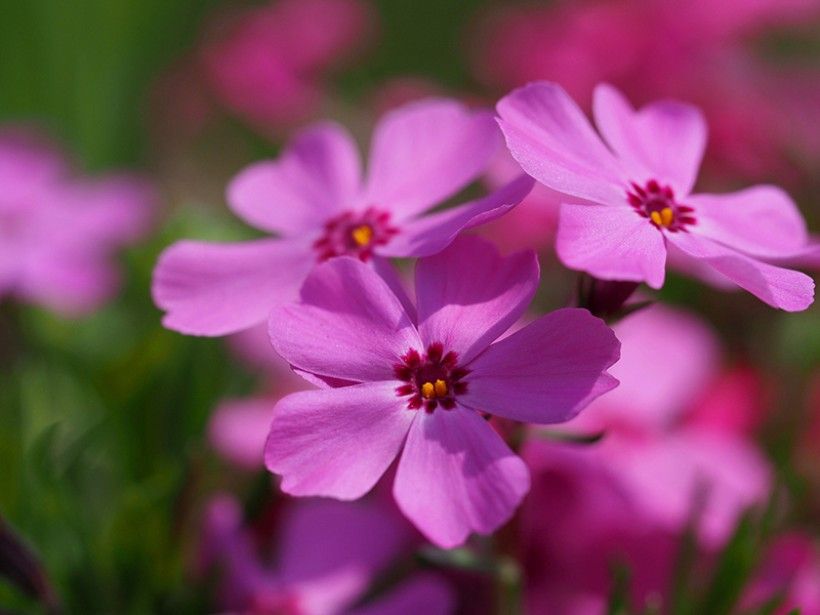
Both mechanical and chemical treatments can be successful in controlling dame’s rocket. Brandywine staff has had success using a foliar application of glyphosate on the overwinter rosettes before the growing season begins. During the growing season but before flowering, the plants can be pulled out from the roots by hand. They can then be piled to decompose. Additionally, a glyphosate or triclopyr foliar application can be done in late fall, after native plants have gone dormant but while dame’s rocket rosettes are still green.
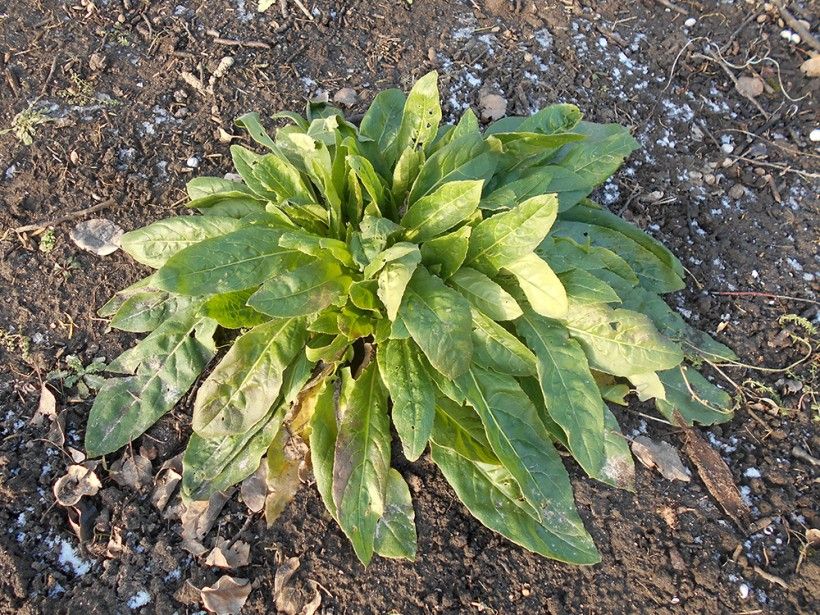
Following removal, it is important to introduce native species to compete with new growth from the seedbed. Creeping phlox (Phlox stolonifera), obedient plant (Physostegia virginiana), and blazing star (Liatris spicata) are all suitable native alternatives.
References:
- PA DCNR Dame's Rocket
- WI DNR Dame's Rocket
- IA DNR Dame's Rocket
- USDA Forest Service Dame's Rocket
- Native Plant Trust Go Botany Dame's Rocket
Header image: Nicholas A. Tonelli from Northeast Pennsylvania, USA, CC BY 2.0, via Wikimedia Commons